
Principle of Design, Proportion Principles of design proportion
1. Grasp the Basics of Proportion Proportion is all about the relative size and scale of different elements in a design. Think of it as the recipe for your design—just like in cooking, getting the proportions right can make or break the final outcome. Let's breakdown some key concepts to help you understand proportions better:
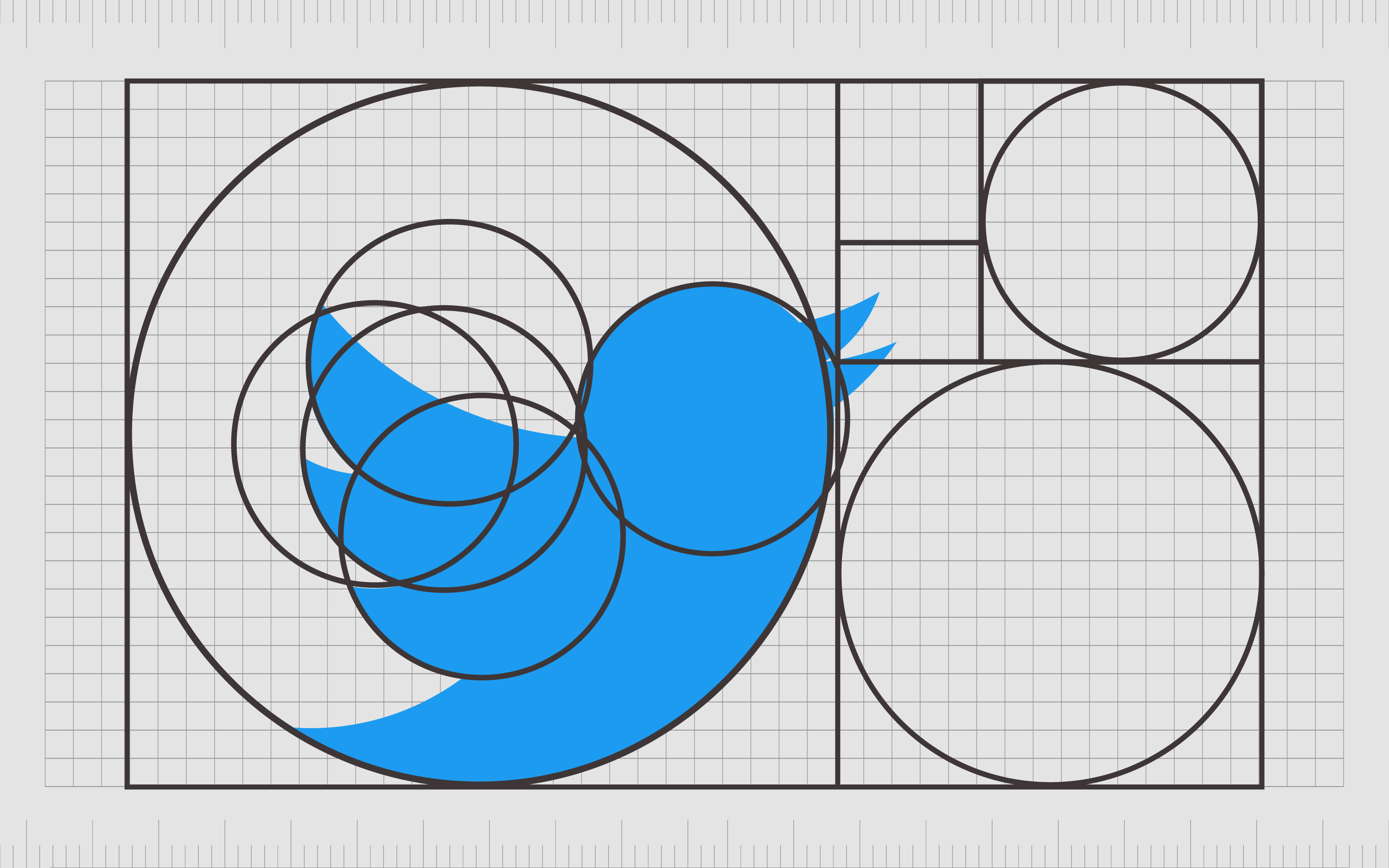
Proportion In Graphic Design The Principles Of Design Proportion
December 3, 2021 by Shirish Shikhrakar In a composition, proportion refers to the relationship between objects with reference to their size and visual weight. It is one of the easier design principles to understand that mainly focuses on the comparison of shapes and sizes of elements in relation to another.

Principle of Design Proportion Principles of design proportion
Proportion can be described as the relationship between the weight, size, and aspect of different design elements. It refers to each element's dimensions and how they correspond with each other in the overall composition. The way proportions are used to influence the appearance of realism or stylism of each element.

Principles Of Design Proportion art principles of proportion Google
Proportion is one of the most important aspects of design. It is the relationship of one element to another. Proportion is used to create a sense of harmony and balance in a design. It can also be used to create emphasis and contrast. There are three basic principles of proportion - scale, harmony, and balance.

The 9 Principles That Govern The Realm of Design Balance Emphasis
Proportion in graphic design is an important concept for any expert attempting to create a realistic, harmonious, and compelling composition. As one of the key principles artists follow in their work, proportion in design determines image balance and effectiveness.

Principles Of Design Proportion And Scale Principle of design
Proportion in design refers to the relative size of the elements in the design. In graphic design, you may not necessarily need to worry about the actual size of a specific design element, but you may be much more deeply concerned with the relationship of specific elements to other elements within the design itself.
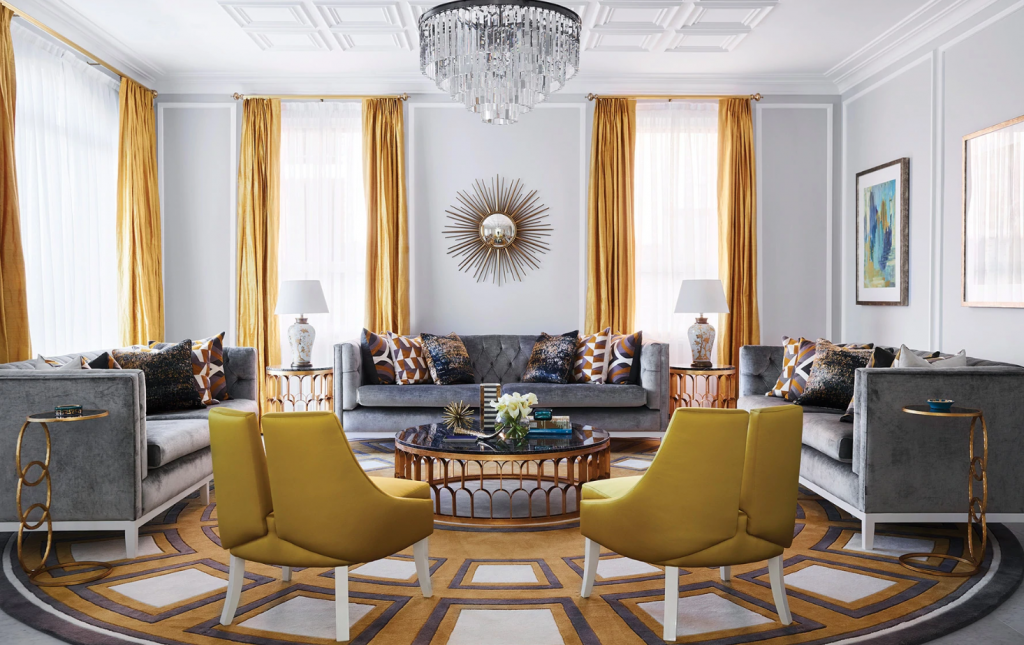
How To Use Scale and Proportion in Interior Design? Foyr
Design Principles - Scale and Proportion I. Terms: Scale & Proportion II. Definition of the terms: Scale and Proportion are related concepts. Scale is the size of an object compared to other objects. Proportion is the size of a part of an object compared to the rest of the object. III. Examples of the terms: SCALE: We usually judge scale by the dimensions or amount of space occupied.

Scale, proportion and light the principles of interior design BSBG
There are three (3) ways to see a sense of proportion. Forms within the same work of art can be in proportion or out of proportion from one another. The scale is what determines whether the forms are larger or smaller than other forms seen in the work. The ways in which to see a sense of proportion: 1. between separate parts of a whole object.
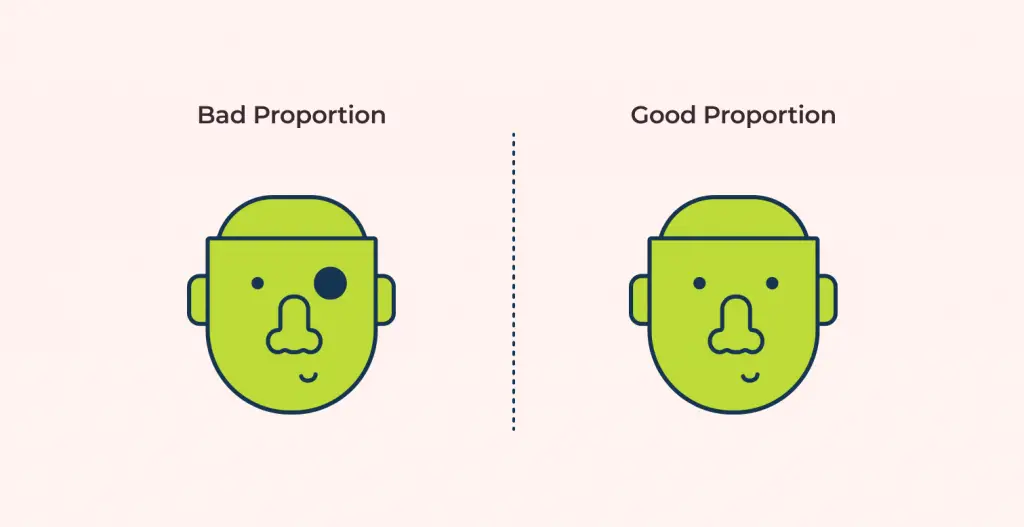
Proportion Principle of design ux360.design
Proportion is an important principle of art and design; it is defined as the ratio of the dimensions of one element to another within a composition, or the relative size of the parts of a whole.. Proportion in art can be used to create balance and harmony in a composition. From the earliest works of art to today's digital media, proportion has been an essential part of the creation of.

Principles of Design Proportion
Proportion is the harmonious relationship between two or more parts that make up a whole. Most typically, proportion is defined by the scale of elements, in relation to each other. Introduction to Proportion Proportion has a long history of defining beauty in art and design.

Pin by Cale Warner on Scale/proportion Principles of design
In this video, you'll learn and understand the basics of using the principles of proportion in your designs.If you're an educator, you can view all these vid.

Principles of Design Proportion Judy's ABC's
1. Emphasis 2. Alignment and balance 3. Contrast 4. Repetition 5. Proportion 6. Movement 7. White space 8. Conclusion Emphasis The first principle of design is the emphasis, which refers to a design's focal point and the importance of each element within it. Assume you're designing a concert poster. Ask yourself, "Should I focus on the band"?
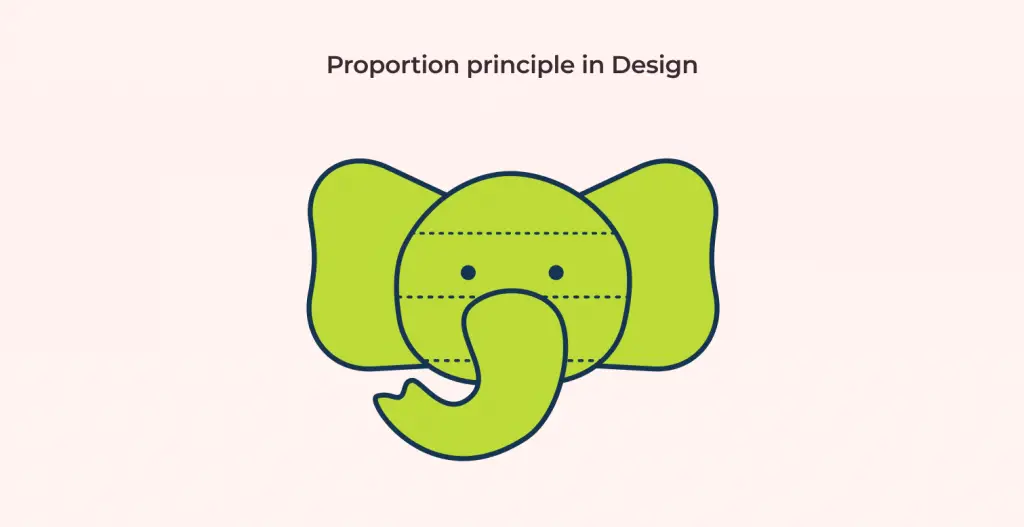
Proportion Principle of design ux360.design
There are three ways to use proportion in design: by size, by placement, and by amount. Size is the most common way to use proportion in design. It is the simplest way to create balance in a composition. When you use size to create proportion, you make sure that all the elements in the design are different sizes.

Design Principles Proportion Draw. Imagine. Create.
Principle #4 - Proportion. Proportion is defined as the relationship of two or more elements in a design and how they compare to one another. Good proportion is harmonious when you get the right relationship between elements with respect to size or quantity. It's closely related to Scale (next week's topic) which refers to the size of a.
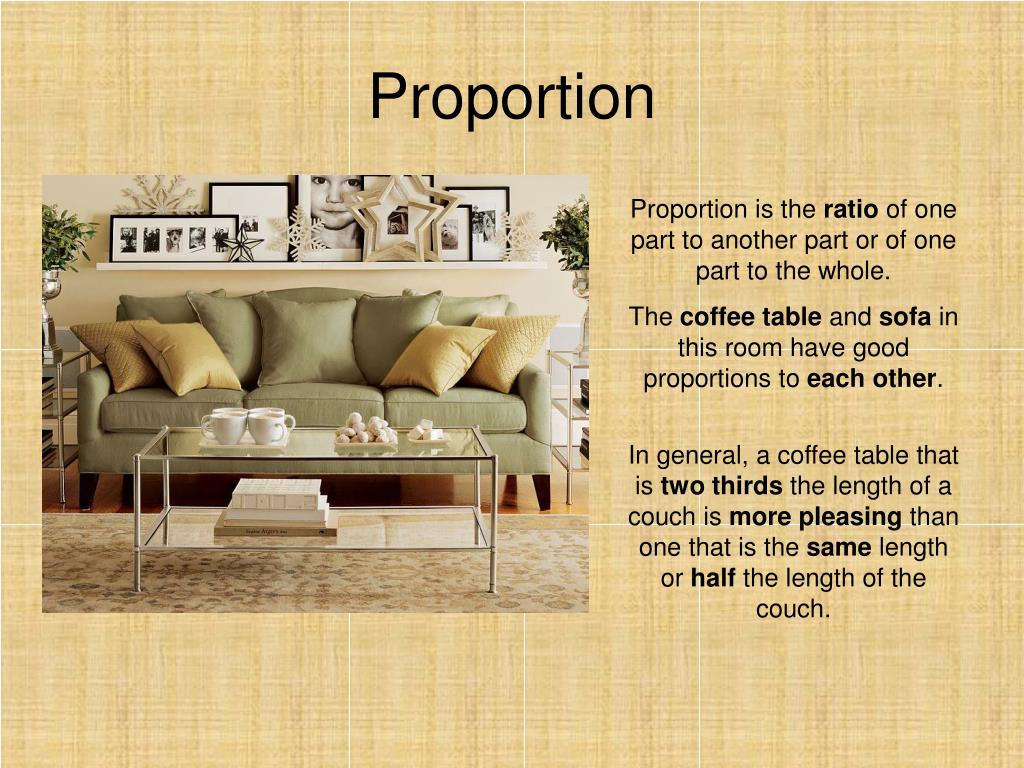
PPT The Five Principles of Design PowerPoint Presentation, free
Elements out of proportion evoke emotion and call attention to themselves, sometimes in a way that makes the design look bad. Purposely done, out of proportion elements can communicate additional meaning. Size, scale, and proportion are design elements that allow us to manipulate the ideas of many different design principles.

Principles of Design Proportion ThingLink Principles of design
Proportion in art and design refers to the different sizes of the individual parts that make up one object. For example, proportions in visual art are essential when drawing the human figure —realistic human proportions make for a more lifelike portrayal. In contrast, unrealistic proportions create a more cartoonish or abstract look.